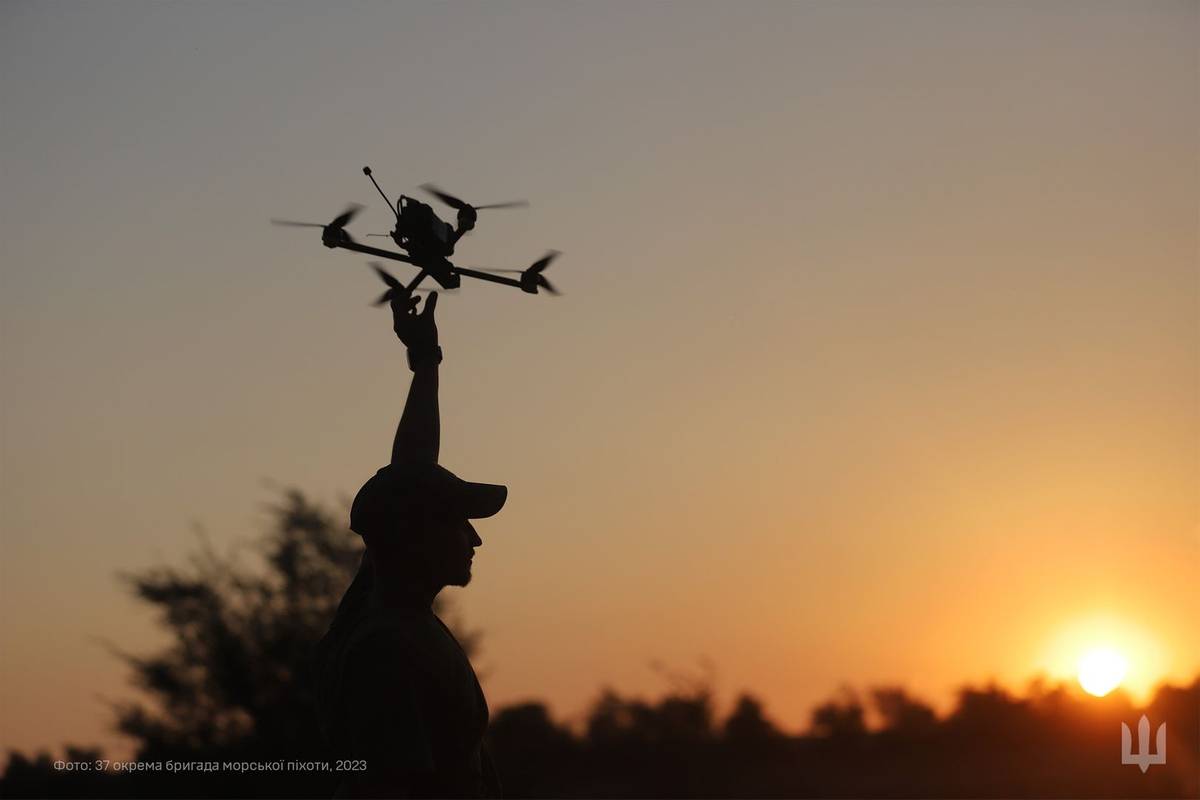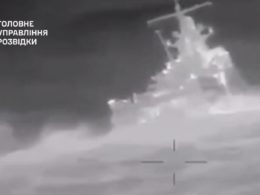Ukraine's military strategy to counter Russia's larger forces is shifting towards leveraging technological advantages. As Ukraine’s Commander-in-Chief Valerii Zaluzhnyi noted, the war "is gradually turning into a positional form," prompting Ukraine to enhance innovative technologies on the battlefield.
Artificial intelligence (AI), already a staple in many Western defense departments, is now becoming a focal point of Ukraine's military strategy. Despite the nascent stage of machine learning system development in Ukrainian defense forces, AI-powered weaponry is already visible on the frontlines, promising a future that could significantly alter the positional nature of warfare.
"Wars are won by technologies. Russians can mobilize millions for meat grinder assaults, and their factories beyond the Urals work in three shifts. Our advantage will be ensured by asymmetric responses possible thanks to innovations. We invent technologies, test, and scale them," Ukraine’s Defense Minister Rustem Umerov said.
In 2019, the American Research Center RAND, in its report
"Department of Defense Posture on Artificial Intelligence: Assessment and Recommendations," proposed categorizing the use of AI in the military into three areas based on management level, environmental controllability, and consequences of technical failures. These include Enterprise AI for financial and personnel management, Mission-Support AI to improve command systems during real combat situations, and Operational AI, enhancing weapon efficiency or developing autonomous capabilities with minimal human involvement.
Ukraine's Brave1 defense cluster aims to stimulate the development of defense technologies. In its seven months of existence, it has received over 780 applications from Ukrainian startups and provided 84 grants totaling $1.53 million. Brave1 focuses mainly on Mission-Support AI and Operational AI, aligning with RAND's concept.
AI's role in data-intensive warfare scenarios is increasingly acknowledged. For instance, the Griselda system uses AI for intelligence gathering and processing thousands of messages from satellites, drones, social media, and enemy databases. Griselda can process over 25,000 targets a month, with a record time of 28 seconds from receiving enemy information to its appearance in the system.
A prime example of Ukraine's advancements in AI-driven defense technology is the Saker Scout Unmanned Aerial Vehicle (UAV) system. In September, the Ukrainian Ministry of Defense approved the Saker Scout for operational use, marking a significant milestone in the integration of machine learning in military operations. The Saker Scout is equipped with an advanced AI system that allows it to recognize and attack up to 64 types of targets in areas where other drones are rendered ineffective due to electronic warfare (EW) countermeasures by Russian forces.
The Saker Scout consists of a reconnaissance drone and FPV (first-person view) drones. Its team asserts that the UAV has been used in autonomous mode, where target search and destruction occur without human intervention. This capability ensures extraordinarily swift reconnaissance, decision-making, and striking processes, minimizing the human role to a mere final confirmation.
The Saker Scout drone complex can be integrated into all existing situational awareness systems used by Ukraine’s Armed Forces, including the Delta system. The Ukrainian military services use the Delta system
for a wide range of battlefield management tasks, including planning operations and combat missions, coordination between units, and secure exchange of information about the location of enemy forces.
The integration of the AI-assisted Saker Scout drone complex with the Delta system will make the operations of Ukrainian troops more effective, according to Ukraine’s Defense Ministry.
Ukrainian Cobra fixed-wing suicide drone achieves rapid production
The key challenge for Ukrainian engineers is training the AI to detect enemy targets effectively, especially given the Russian military's improved camouflage techniques. There is also discussion about involving veterans who were drone operators in training the AI, leveraging their unique expertise in identifying enemy targets.
Moreover, the use of AI extends beyond the skies. The National Guard's testing of the remotely controlled turret TGP, developed by devDroid, incorporates AI for enemy detection and engagement.
From processing intelligence to deploying autonomous weapons, Ukraine is advancing the development of AI systems, such as the remotely controlled turret TGP, which integrates AI for enemy detection and engagement.
Read more: https://t.co/1xQQWhErZx pic.twitter.com/T6sekXFJMG— Euromaidan Press (@EuromaidanPress) December 23, 2023
Placed in a shallow trench, the TGP can raise its weaponry to engage the enemy and then retract. The system identifies targets, calculates distances, tracks them, and computes ballistics. The operator's role is mainly to direct the turret towards the target and initiate the attack.
Read also:
- UK intel: Rodent infestation on frontline impacts troops and equipment
- ISW: Russia makes minor gains near Bakhmut and Avdiivka
- Upgraded Russian guided bombs suggest ongoing access to foreign electronics
- Insider: Western companies supply spare parts for Russian tanks





